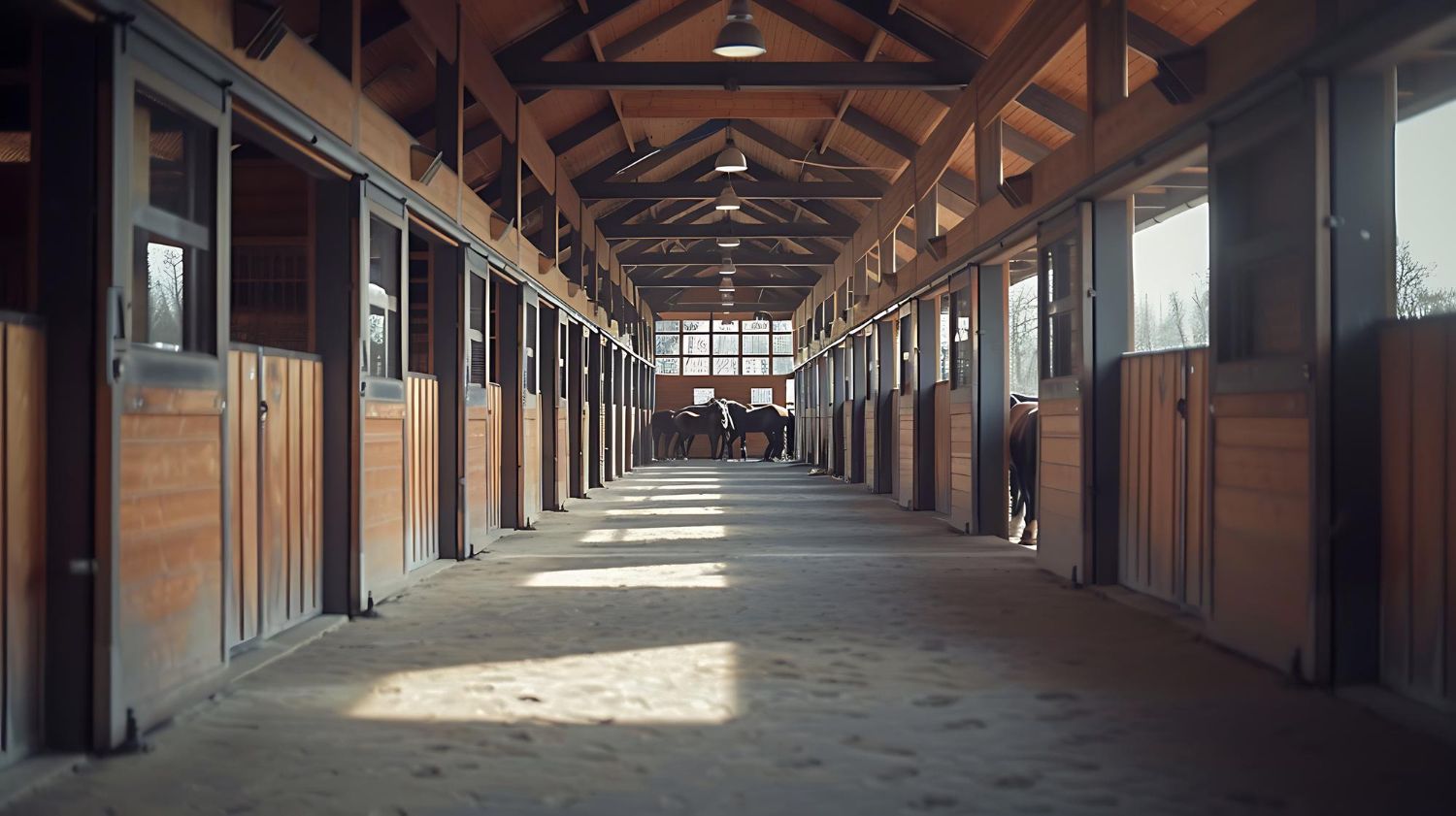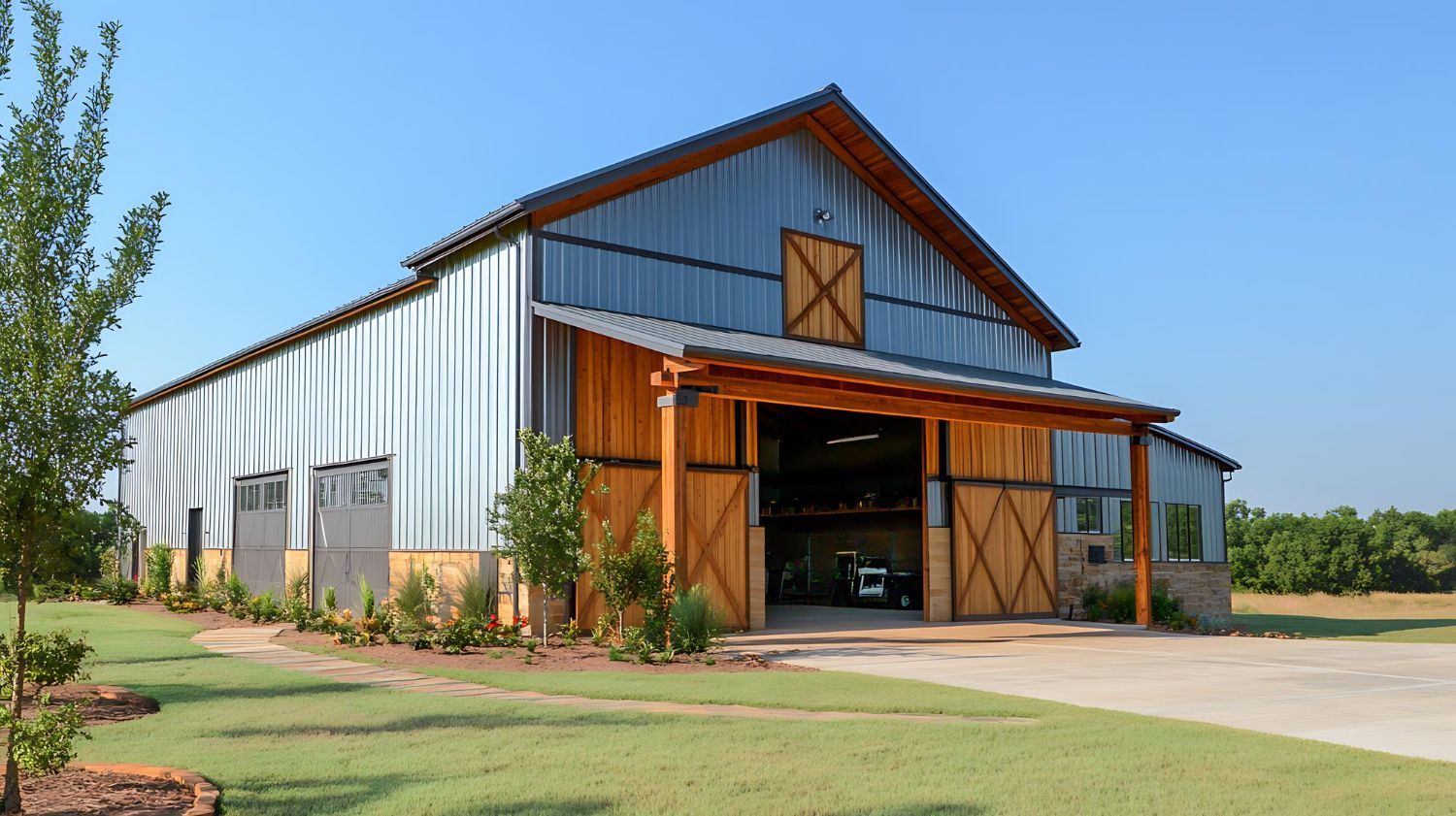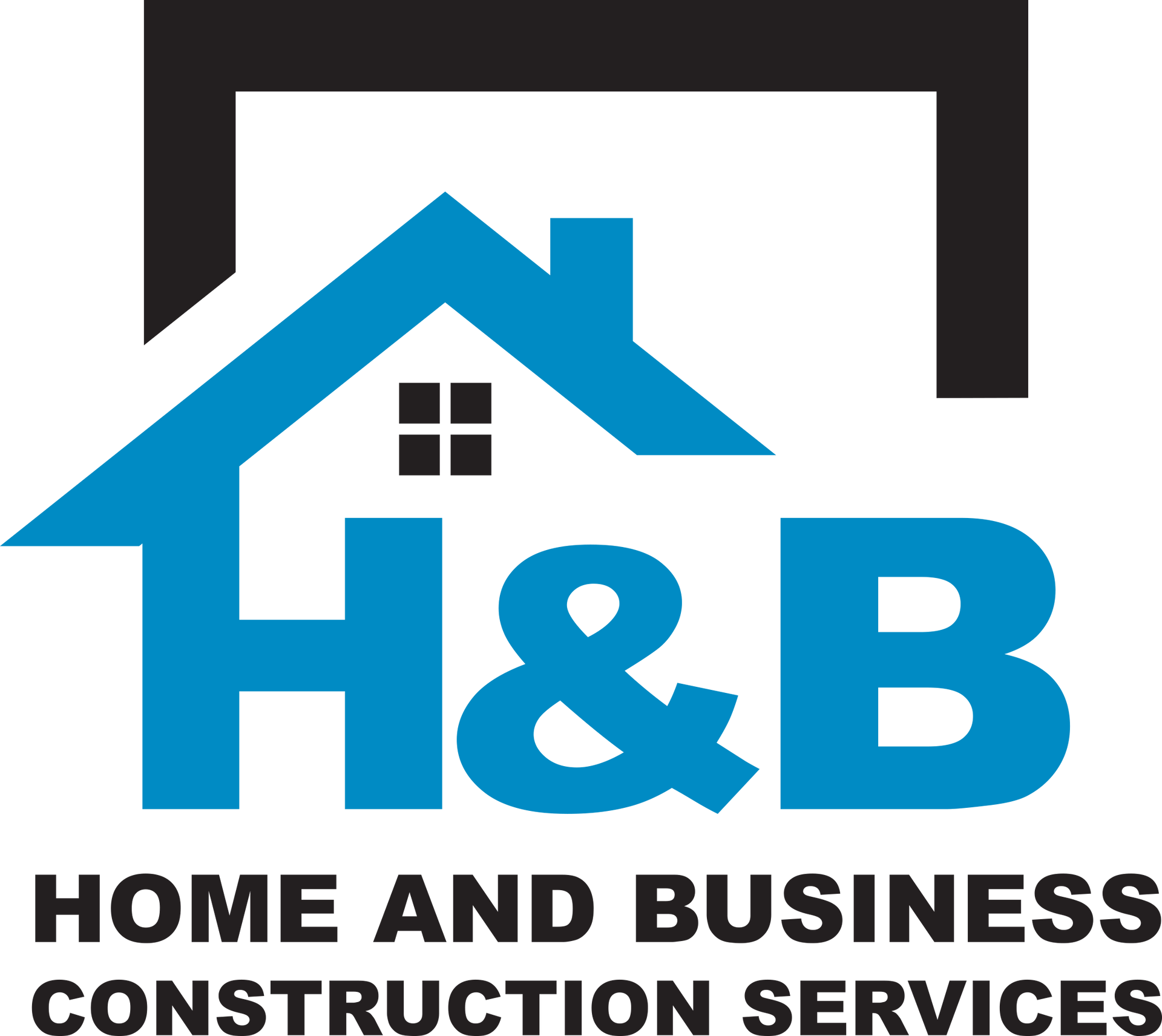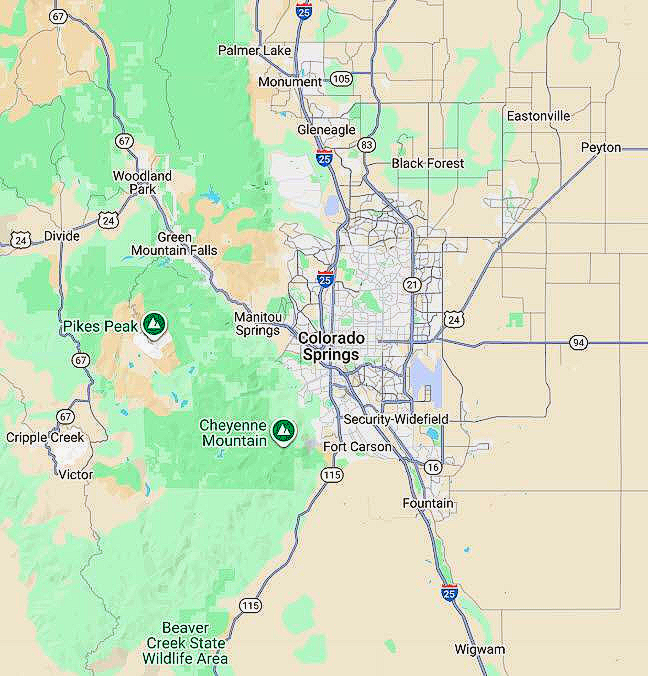Barns & Stables
Modern Barns
Modern barns are designed with both functionality and innovation in mind, combining traditional practicality with advanced building materials and technology. Unlike older barns that relied heavily on wood, today’s modern barns often use steel, engineered wood, or hybrid systems that provide greater durability, lower maintenance, and resistance to fire, pests, and weather damage. They are built with efficient layouts to streamline chores, incorporating features like automated feeding systems, climate control, and advanced ventilation to ensure animal comfort and health. Many modern barns also prioritize sustainability, using energy-efficient lighting, solar panels, and rainwater collection systems to reduce operating costs and environmental impact. With customizable designs, modern barns can be tailored for livestock housing, equipment storage, or multipurpose use, making them a versatile and long-lasting investment for farmers and equestrian facilities alike.
Barn & Stable Construction
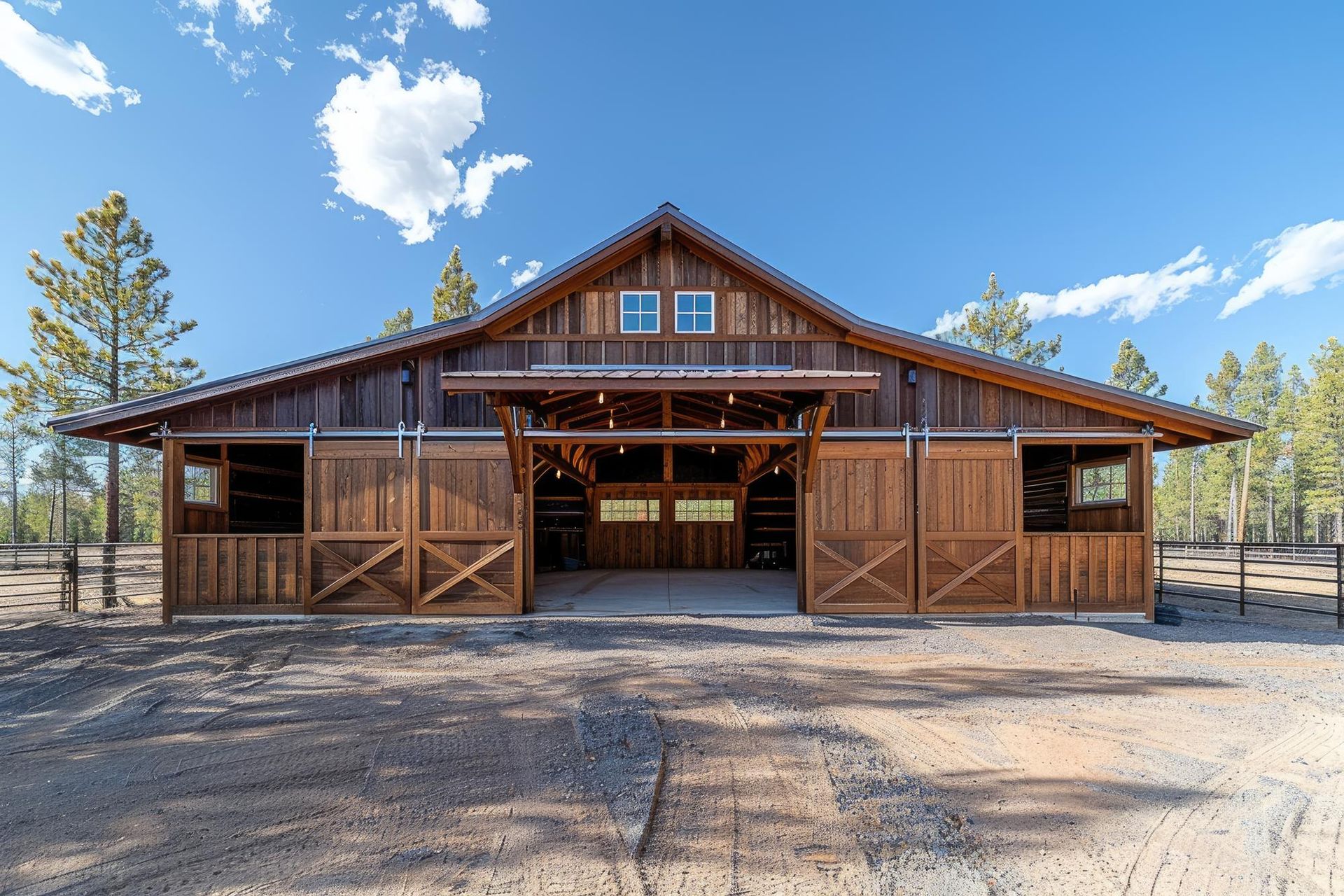
Barn and stable construction is essential for creating safe, functional, and durable spaces for housing livestock, storing feed, and supporting day-to-day farm operations.
A well-built barn or stable provides shelter from the elements, proper ventilation, and protection against pests and predators. These structures can be tailored to fit the needs of different animals, from horses and cattle to smaller livestock, with features like individual stalls, tack rooms, hay lofts, and wash areas. The layout and design are critical to ensuring both animal comfort and ease of use for caretakers.
One of the most important considerations in barn and stable construction is durability. Materials such as wood, metal, or a combination of both are commonly used depending on the desired look, functionality, and budget. Metal barns, for example, offer long-lasting strength and low maintenance, while traditional wooden barns provide a classic aesthetic and natural insulation. Proper flooring, roofing, and drainage systems are also crucial to maintain a clean, dry environment that promotes animal health and reduces long-term upkeep.
Safety is another priority in stable design. Adequate ventilation prevents respiratory issues in animals, while proper lighting and wide aisles make daily tasks easier and safer for workers. Fire-resistant materials, secure doors and gates, and well-planned feed and water systems help reduce risks and improve overall efficiency. For horse stables, features like rubber matting, kick-resistant walls, and automatic waterers can further enhance safety and comfort. These thoughtful additions not only protect the animals but also make the facility more user-friendly.
Modern barns and stables can also be customized with amenities that add convenience and functionality. Options such as climate control, wash stalls, storage lofts, and riding arenas can be integrated into the design to meet specific needs. Many facilities also incorporate sustainable practices, like energy-efficient lighting, rainwater collection, or solar panels, to reduce operating costs and environmental impact. Whether for small family farms or large equestrian facilities, barns and stables are more than just shelters—they are carefully designed spaces that support animal well-being and efficient farm management.
